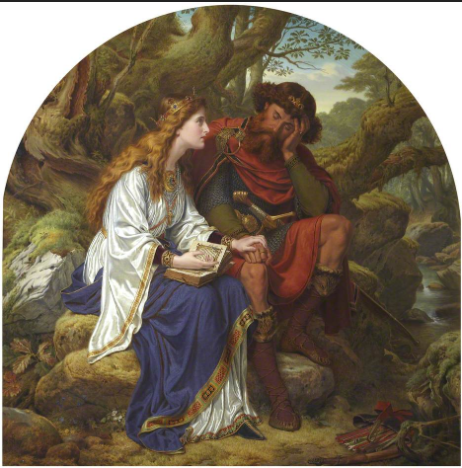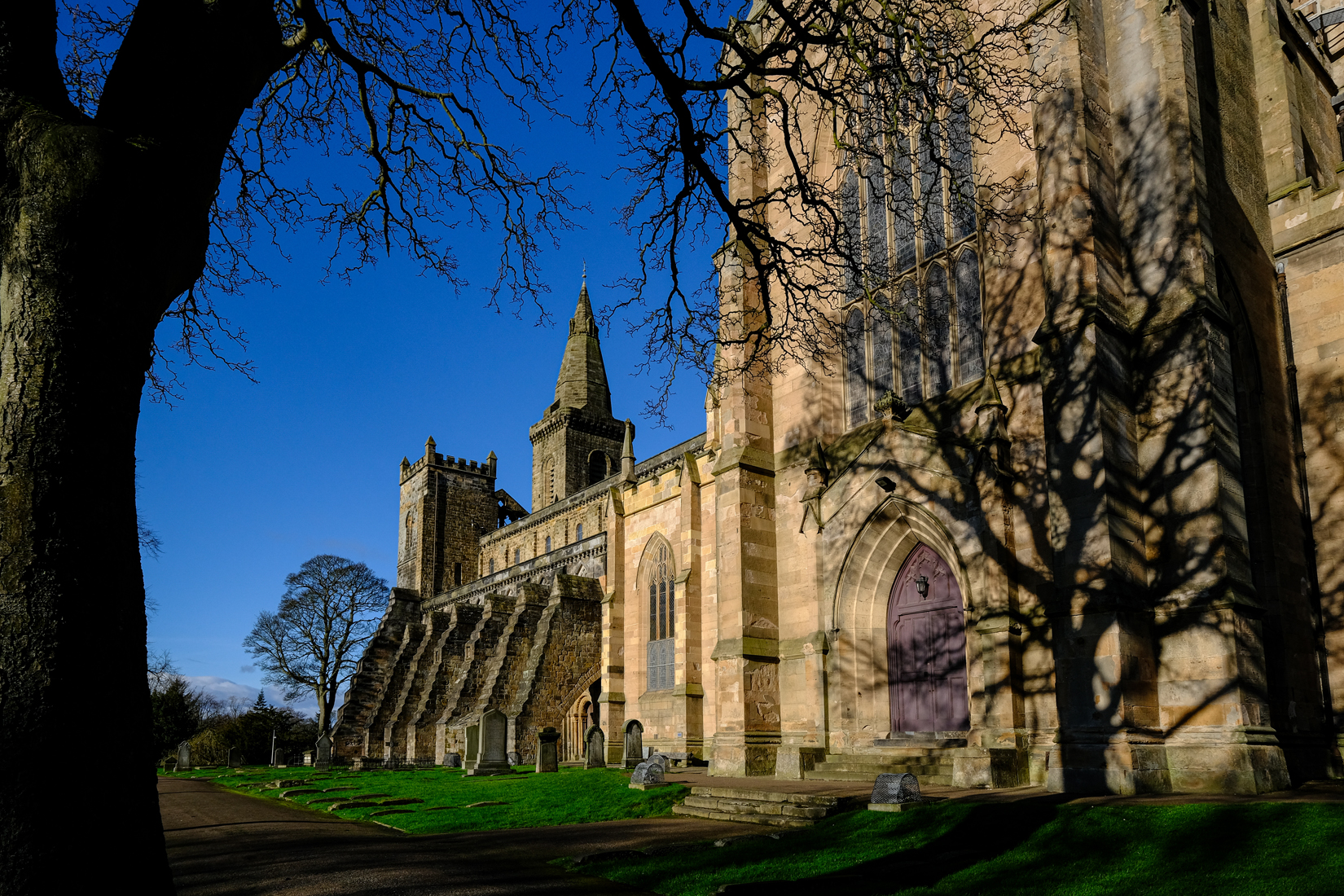The Abbey Nave as you see it today didn’t exist in King Malcolm’s time, but markings on the floor indicate a small chapel’s foundations discovered during research. This much smaller Culdee Church stood here earlier, a Celtic style of Catholicism brought to Scotland from Ireland in the 8th or 9th century. It was in the Culdee Church that Malcolm III and Margaret are said to have married in c1070.

Queen Margaret took an interest in bringing Scotland’s worship to closer resemble Rome. One of Margaret’s requests was to the Bishop of Canterbury for a monk to help establish a priory – he sent three!
Accounts reflect Queen Margaret as having a strong, pure, noble character, with great influence over her husband, and through him generated a resurgence of religious life across Scotland. A specific audio tour gives one local person’s inspiration from Margaret’s life.
Dunfermline grew around the work of the priory, which was later expanded by the couple’s son David I of Scotland, (who reigned from c1124-53).You can visit the Nave, which is looked after by Historic Environment Scotland – opening times can be found on HES website.
Benedictine monks believe in the spiritual and material well-being of a monastery by carefully integrating prayer, manual labour, and study into a well-rounded daily routine.
Weblinks:
Dunfermline Abbey and Palace
